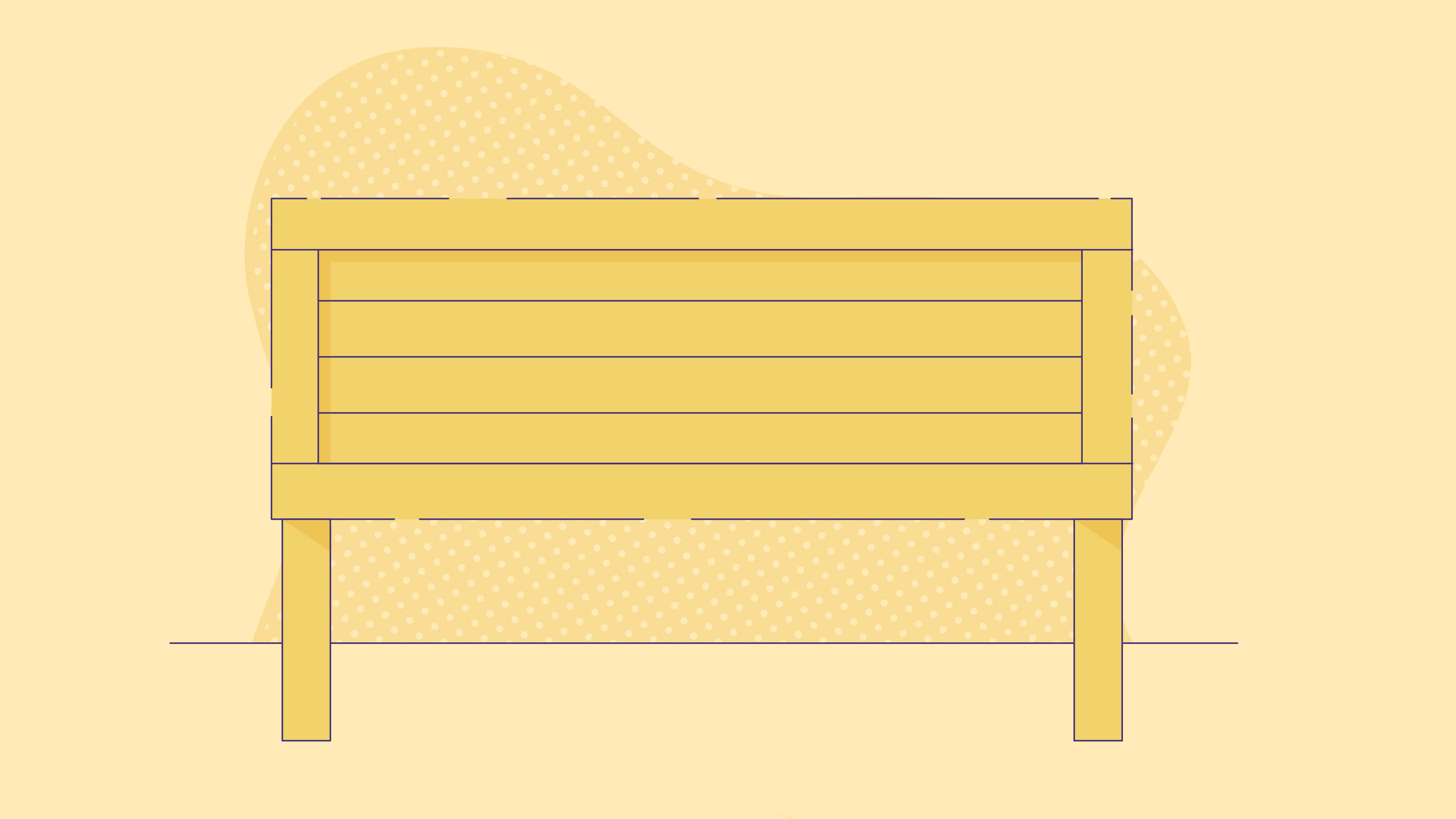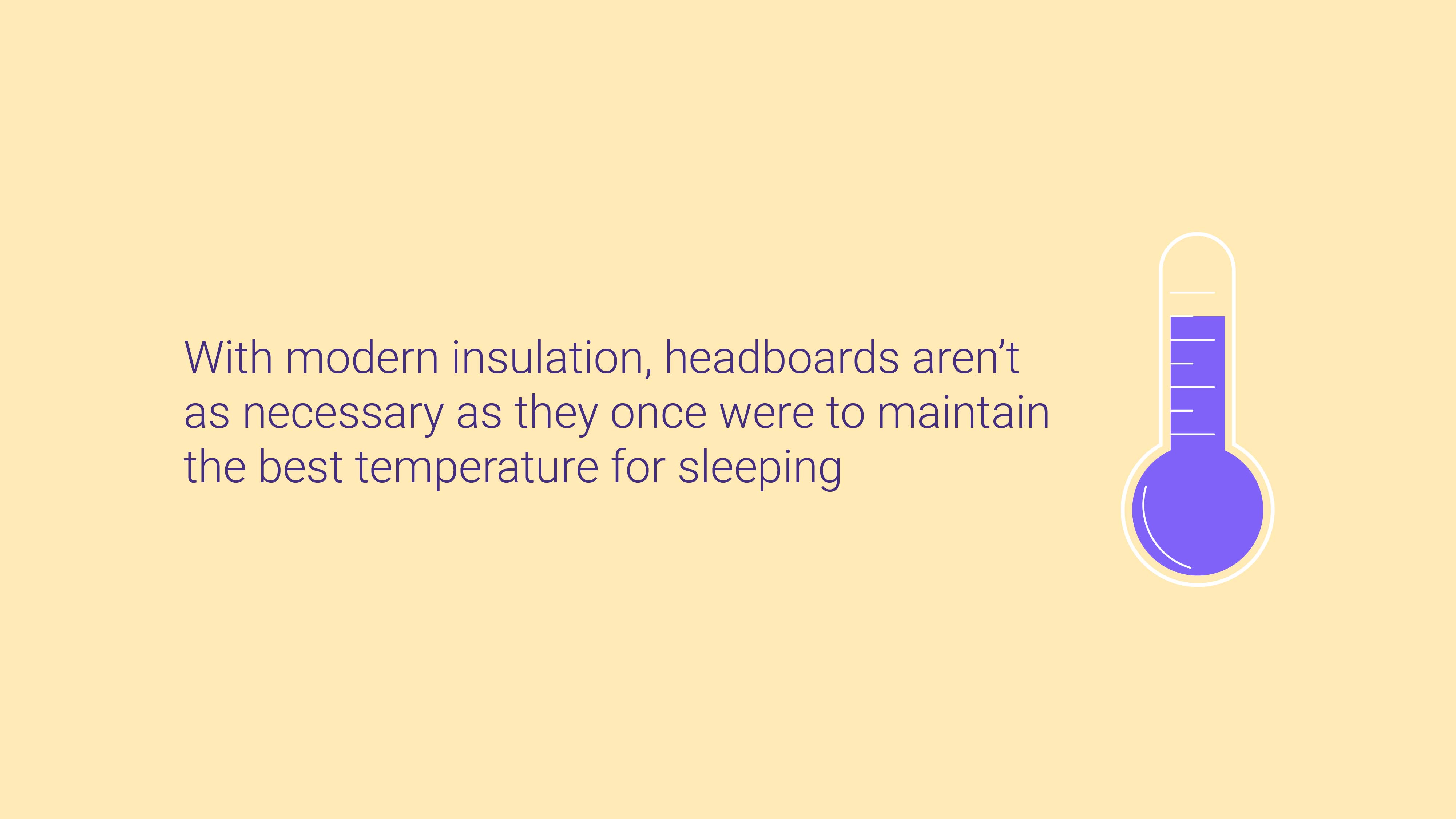
Do You Need a Headboard?

- A headboard acts as a backrest for sitting up in bed, protects the wall from damage, and keeps pillows in place during the night, ensuring a comfortable and tidy bedroom environment.
- Initially used for insulation against cold, headboards have evolved into decorative and functional pieces, with various designs and materials serving both practical and aesthetic purposes.
- Headboards come in diverse styles, such as bed frame mounted, wall mounted, freestanding, floating, and corner designs, catering to different bed sizes and offering numerous ways to enhance bedroom decor and functionality.
A headboard is an excellent statement piece and often the perfect finishing touch for your bedroom. But is a headboard primarily for decoration, or are there practical reasons to get one? In this article, we look at some of the main reasons to invest in a headboard.
Reasons To Have a Headboard
While this bedroom feature is often eye-catching, there are also practical reasons to invest in a headboard. This feature adds to your sleep comfort and helps keep your room in good shape. Let’s take a look at the specific ways a headboard improves your bedroom.
Acts as a Backrest
For those who like to sit up in bed, a headboard makes all the difference. If you like to read or even eat in bed, you want a sturdy headboard to support your spine and keep you comfortable.
In addition, there are soft, upholstered headboards available too, making sitting up in bed even more luxurious. If you prefer a headboard with harder materials, such as wood, you can still sit up comfortably with a reading pillow.
Keeps Your Wall Clean
Having a headboard protects your bedroom wall from smudges, dents, and other wear and tear. Patching or repainting parts of a wall can be challenging, so preventing damage can save you quite a bit of trouble.
Keeps Your Pillows On the Bed
One of the most annoying things that can happen throughout the night is when your pillow falls on the floor. Not having your pillow may wake you up, disrupting your sleep cycle. Alternatively, you may sleep through the night and have a sore neck the following day because your head wasn’t properly supported.
A headboard helps keep your pillows on your mattress and at the head of your bed all night long. To best minimize your chances of a sore neck, consider pairing a headboard with the best pillows for neck pain.
Creates a Statement Piece
Finding the perfect headboard to complete the look of your room is a satisfying moment. This feature ties together the aesthetics of a bedroom. These days, there are countless styles of headboards—anyone can find the right one for them, regardless of their personal style. You can add on other accessories, like colorful throw pillows, to complete your bed’s personalized look.
History of Bed Headboards
Historically, wooden headboards played a vital role in the bedroom. When homes weren’t very well insulated, a solid wood headboard was an extra layer between the sleeper’s head and the frigid outdoors. The added protection against the cold kept sleepers more comfortable so they could get a full night’s sleep.
With modern insulation, headboards aren’t as necessary as they once were to maintain the best temperature for sleeping. Still, if you have a drafty home, you might want to consider a headboard.
Metal headboards were first created in Italy in the 17th century because of a bedbug epidemic. The belief was that the metal frames would be too slippery for the bugs’ tiny legs to gain traction, keeping the pests from climbing into the bed.
While the idea was sound, metal frames weren’t much help in ending the infestation. However, as time went on, metal bed frames became popular because they were ornate and long-lasting.

Types of Headboard Designs
Headboards come in a variety of styles, including some that need to be mounted and others that do not. Common headboard designs include:
- Bed Frame Mounted
- Wall Mounted
- Freestanding
- Floating
- Hanging
- Corner
You can also find a headboard for all standard bed frame sizes. Whether you have a twin, full, queen, or king size mattress, you can find the right headboard size for your needs.
Headboards can be a close fit with your bedframe or offer an extra width for more wall protection. See our Headboard Sizes Chart for more details.
FAQs
How do you secure a floating headboard?
Attaching a floating headboard to your wall is similar to hanging a picture. We recommend investing in sturdy wall mounts to ensure your headboard stays securely attached to the wall.
Measure the size of your headboard, then lightly mark where you want it to be on the wall. Next, attach the wall mounts, then hang the headboard. This kind of headboard is compatible with any bed frame. They are also popular with people who don’t want to attach a headboard to an adjustable bed.
Does a headboard need to touch the floor?
Many styles of headboards don’t touch the floor. For example, floating headboards are attached directly to the wall and don’t touch the floor. Other headboards attach to the bed frame, which offers them all the support they need.
Headboards that rest on the floor for support are called “floorstanding” and “freestanding” headboards. Floorstanding headboards attach to the bed frame, while freestanding ones do not. They are typically both available for most bed sizes.
Are upholstered headboards out of style?
Upholstered headboards are very in style right now, especially those with velvet upholstery or other kinds of plush fabric. To find what upholstered headboard is the best fit for your style, ask yourself what colors and textures best enhance your decor. This style of headboard provides comfort and luxury.
What are some good headboard alternatives?
There are ways to protect your wall or create a centerpiece for your bedroom without a headboard. Wall tapestries can personalize your bedroom while keeping your wall smudge-free. Plus, they are often inexpensive. Also, you could create a mural or an accent wall behind your bed to create a dramatic, beautiful work of art. Throw pillows can also add a pop of color to a bed.
Do I need a special headboard for my adjustable bed?
Many adjustable bed frames can have headboards or footboards attached. Is the headboard is the same size as your adjustable bed frame? You should have no problem connecting it with a few nuts and bolts.
What if your adjustable bed doesn’t have a way to attach a headboard? Consider purchasing a floating or freestanding headboard.
How To Choose A Modern Headboard Design
A modern headboard protects the walls of your bedroom, adds to your comfort, and helps you personalize your space. Some even have bookshelves and drawers built-in, providing you with extra storage. Also, by keeping your pillows on top of the mattress throughout the night, headboards help keep your body aligned and well-rested.
No matter what bedroom decor style you have, there’s a headboard out there that is a perfect fit for you. Once you find the right headboard, it can take your space to the next level.
